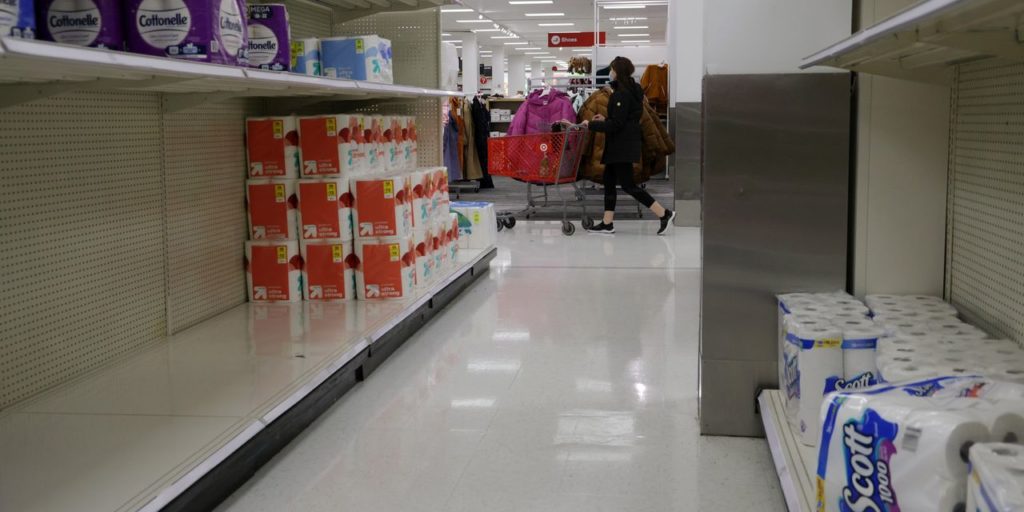The numbers: Sales at U.S. retailers such as Target and Amazon sank 1.9% in December — the biggest drop in 10 months — as the omicron variant of coronavirus spread like wildfire and shoppers confronted higher prices and shortages of some popular products.
Economists polled by The Wall Street Journal had forecast a 0.1% decline in December retail sales. The figures are seasonally adjusted.
If high inflation is taken into account, retail sales were even more depressed in December.
Retail sales are a big part of consumer spending and offer cues on the strength of the U.S. economy.
Sales rose sharply through most of last year before tapering off in the waning months of 2021, suggesting that fourth-quarter economic growth won’t be quite as strong as expected.
Big picture: The economy suffered a letdown toward the end of 2021 because of omicron. The highly contagious coronavirus strain has infected millions of people and force many to miss work.
Persistent shortages of supplies and the highest inflation in almost 40 years have also hurt. Customers can’t always find what they want and prices for many goods and services have risen sharply.
Households still have plenty of savings, however, and economists predict spending will improve if the pandemic finally starts to peter out and inflation gets brought under control.
Key details: Sales fell last month in almost every major retail category.
The biggest decline, 8.7% , took place among internet retailers such as Amazon AMZN,
Sales also fell 7% at department stores, 5.5% at furniture stores and nearly 3% at electronics stores such as Best Buy BBY,
Auto sales, which account for 20% of all retail receipts, slipped 0.4%. Car sales tumbled last year after a shortage of computer chips knotted up production.
Overall retail sales excluding auto dealers fell a sharper 2.3% last month, the government said Friday.
Many economists contend Americans did most of their holiday shopping earlier in the year in anticipation of shortages of certain popular products. Retail sales surged from August through October.
Yet a variety of measures also show the economy softened at the end of the year.
Receipts at bars and restaurants, for example, sagged 0.8% in December. Omicron discouraged people from dining out, economists say, and spurred some states to add new restrictions such as passport mandates.
The only retailers to post higher sales last month were do-it-yourself stores such as Home Depot HD,
Looking ahead: “Lack of cash is not the issue, so we expect a strong rebound in sales once the Omicron wave subsides,” said chief economist Ian Shepherdson of Pantheon Macroeconomics. “January is a probably a write-off but February and March will be much better.”
Market reaction: The Dow Jones Industrial Average DJIA,
Source: Marketwatch


